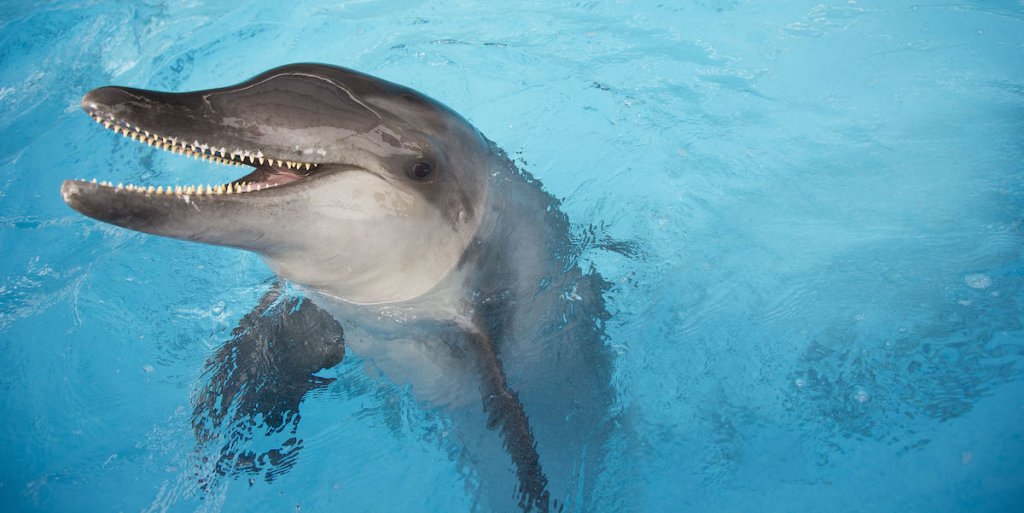

Dolphins and whales belong to the infraorder Cetaceans, which contains two suborders: Mysticetes, the baleen whales and Odontocetes, the toothed whales.

Through evolution, dolphins have made significant adaptations to become the aquatic marvels that you see today.ĭolphins and whales belong to the order Cetartiodactyla, which includes all of the even-toed ungulates. The family Delphinidae made its appearance around 11 million years ago, while the bottlenose dolphin emerged only about 2-5 million years ago. Baleen whales and toothed whales diverged from a common ancestor around 35 million years ago. There were many other evolving forms that led to the modern-day cetacean. While Basilosaurus is one of the best known Archaeocetes, analysis of the skull suggests that Basilosaurus does not have any direct modern relatives. At this point, the only function that the hind limbs might have served would have been for alignment in mating, or for pushing off of the bottom of the ocean.

The hind limbs of Basilosaurus became virtually non-existent. The sinuses in the skull base of the Basilosaurus enlarged, a feature seen also in early toothed and baleen whales. As they elongated, the cartilage between the phalanges fused, preventing the joints from curling. The forelimbs of Basilosaurus were elongated flippers/paddles. Basilosaurus was, in fact, fully aquatic. The spread of this early cetacean would indicate its successful adaptation to aquatic life. The skeletons of these animals have been found as far south as New Zealand and Antarctica. It appears that they still had hind limbs, and that their life style may have been amphibious, rather than fully aquatic.Ībout 38 to 45 million years ago, Basilosaurus, the largest known advanced Archaeocete, appeared. The shape of Protocetus is not entirely clear because most skeletal structures discovered are not complete. The jaw of this animal is much more slender and elongated than that of the Ambulocetus. Due to the locale of their remains, it appears that the earliest phases of cetacean evolution, including the Protocetids, were confined to the Tethys Sea. These whale ancestors arrived around 50 million years ago, during the Eocene Epoch. The oldest and most primitive whales were the Protocetids, a family of archaic whales or Archaeocetes. Ambulocetus expended less energy breathing because it only had to poke its nostrils above water as opposed to its whole head. The nostrils of this cetacean ancestor had also migrated to the top of the snout, probably to facilitate more efficient breathing. However, it probably still spent some time on land. The legs on the Ambulocetus were shorter and more paddle-shaped. This evolutionary link displayed subtle changes, resembling a terrestrial animal less and a marine mammal more. Pakicetus the terrestrial extinct genus that is currently thought to be the direct ancestors to the modern cetaceans.Īmbulocetus is a semi-aquatic to aquatic ancestor to modern day cetaceans which lived approximately 49 million years ago. When animals move into unoccupied niches, evolutionary radiation tends to act swiftly, as it appears to have done in this case. The terrestrial ancestor of the cetacean quickly adapted to a new aquatic niche and the evolutionary process continued at a rapid rate.

This is one of the many internal physiological structures leading scientists to believe that dolphins and whales evolved from a terrestrial ancestor. They have a radius and ulna, as well as a complete hand structure, including five phalanges, or finger bones. They have a humerus, complete with a ball and socket joint. Scientists have recently discovered ancient whale skeletons in Pakistan with well-preserved anklebones displaying features similar to that of the Artiodactyl group. Inside their pectoral fins, dolphins have a skeletal structure similar to a human arm and hand. This theory would place cetaceans in the group formerly known as Artiodactyl (now Cetartiodactyla), composed of even toed ungulates (deer, sheep, cows, pigs, hippos, etc.) New skeletal discoveries seem to back this claim, giving possible morphological evidence as testimony. How have dolphins and other marine mammals come to live in an aquatic world? Scientists believe evolution holds the key to the answer.īased on DNA, molecular, and genetic studies, the current theory suggests that cetaceans share a common heritage with that of the hippopotamus. However, dolphins are uniquely adapted for the marine environment. They have three middle ear bones, and they have hair at some point during their life cycles, and females have mammary glands which are used to nurse their young. The ocean can be a very harsh place for a mammal to live. Dolphins are mammals, and have characteristics which are distinct to mammals.


 0 kommentar(er)
0 kommentar(er)
